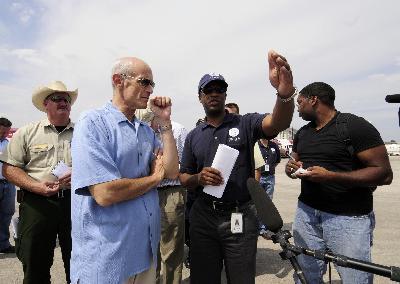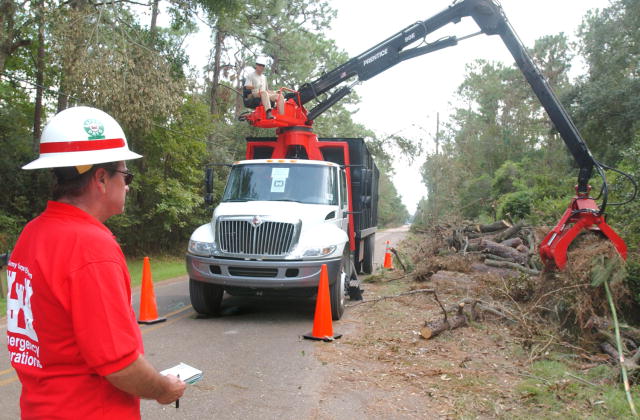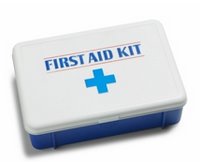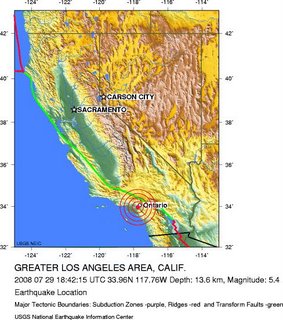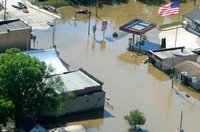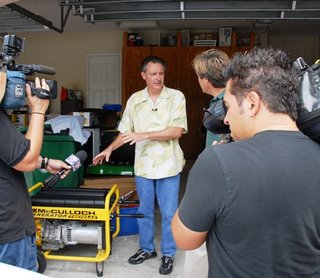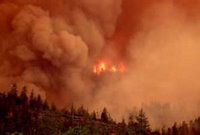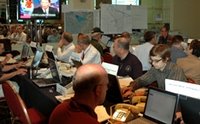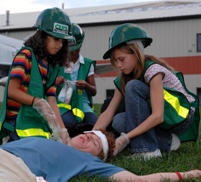Cyber Security Awareness Month

Today marks the beginning of National Cyber Security Awareness Month, which is a good opportunity to remind our readers of the importance of protecting yourselves and your businesses against the growing threat of cyber attacks.
Worldwide, cyber attacks are increasing in sophistication and frequency every day. We have seen stories in the news recently of countries engaging outright in cyber warfare. Over the summer, authorities also uncovered the largest case of identity theft in U.S history, involving the theft of more than 40 million credit card numbers stolen from the computer systems of several major U.S. retailers. These acts have very real consequences for ordinary Americans, as any victim of identity theft can attest.
We take the threat of cyber attacks seriously at the Department. Working with other agencies, we have embarked on a major effort across the government to protect federal systems and networks. This includes reducing the number of external access points to our systems and improving our intrusion detection capabilities. We’ve established a new National Cyber Security Center to improve coordination and information sharing. We are expanding our 24-hour watch and warning system – the U.S. Computer Emergency Readiness Team – and hiring new cyber professionals. And we’re taking steps to prevent compromised computer products and electronics from entering the global supply chain and reaching our country.
But the reality is we can’t meet these challenges by ourselves. We don’t own the Internet or our nation’s IT or communications infrastructure. Most of our nation’s cyber assets are in private sector hands. Protecting them will require a new level of partnership with businesses and companies of all sizes, as well as individual citizens.
What can you do to help? Start by making sure you are practicing good cyber security in your home or office. This means ensuring your antivirus software is properly functioning and up-to-date. Change your computer passwords regularly, and when you do, make sure you don’t write them down or leave them near your computer where someone can easily exploit them. Don’t open suspicious e-mail or visit suspicious websites. And make sure you know exactly what you’re downloading.
These are all common-sense recommendations, but unfortunately too many Americans fail to take even these basic steps. I hope over the next month you’ll do your part to increase our nation’s cyber defenses from the ground up and help us mitigate the impact of a major cyber attack. The alternative could be a very serious disruption of a vital part of our society and our nation’s economy. Like other areas of homeland security, the time to prepare is now.
Michael Chertoff
Labels: cyber security, preparedness
